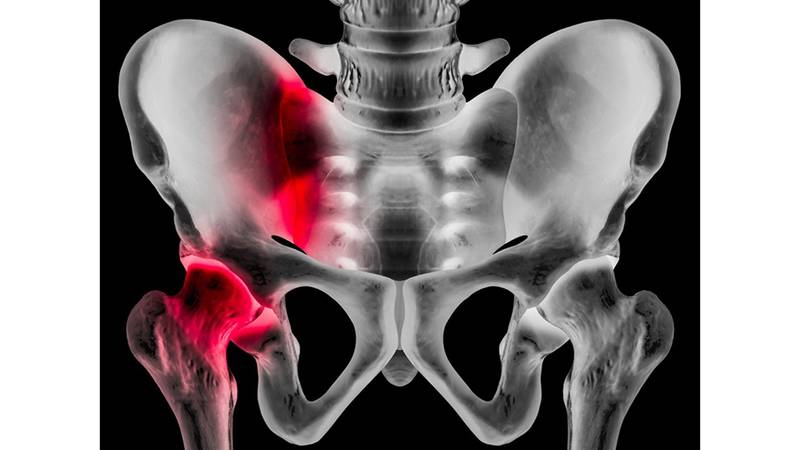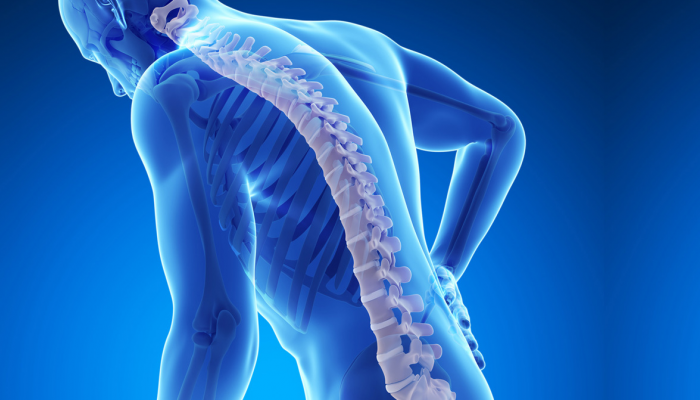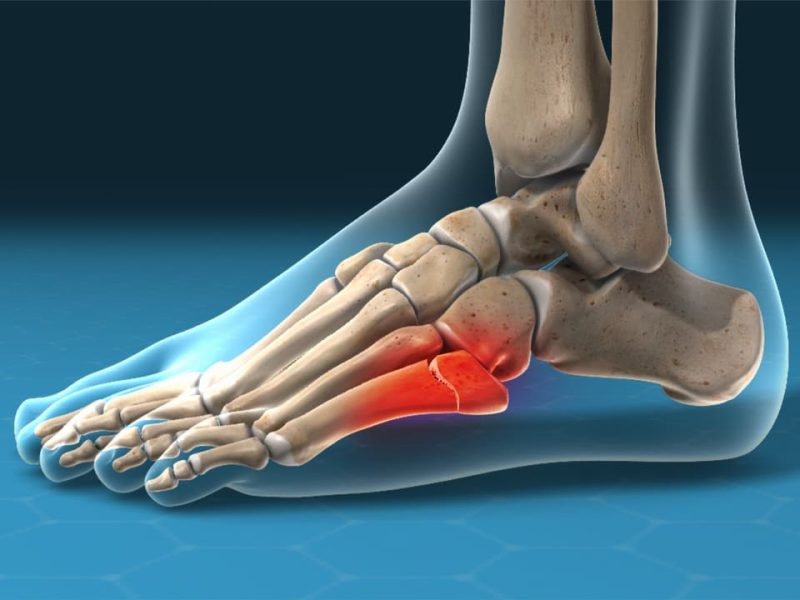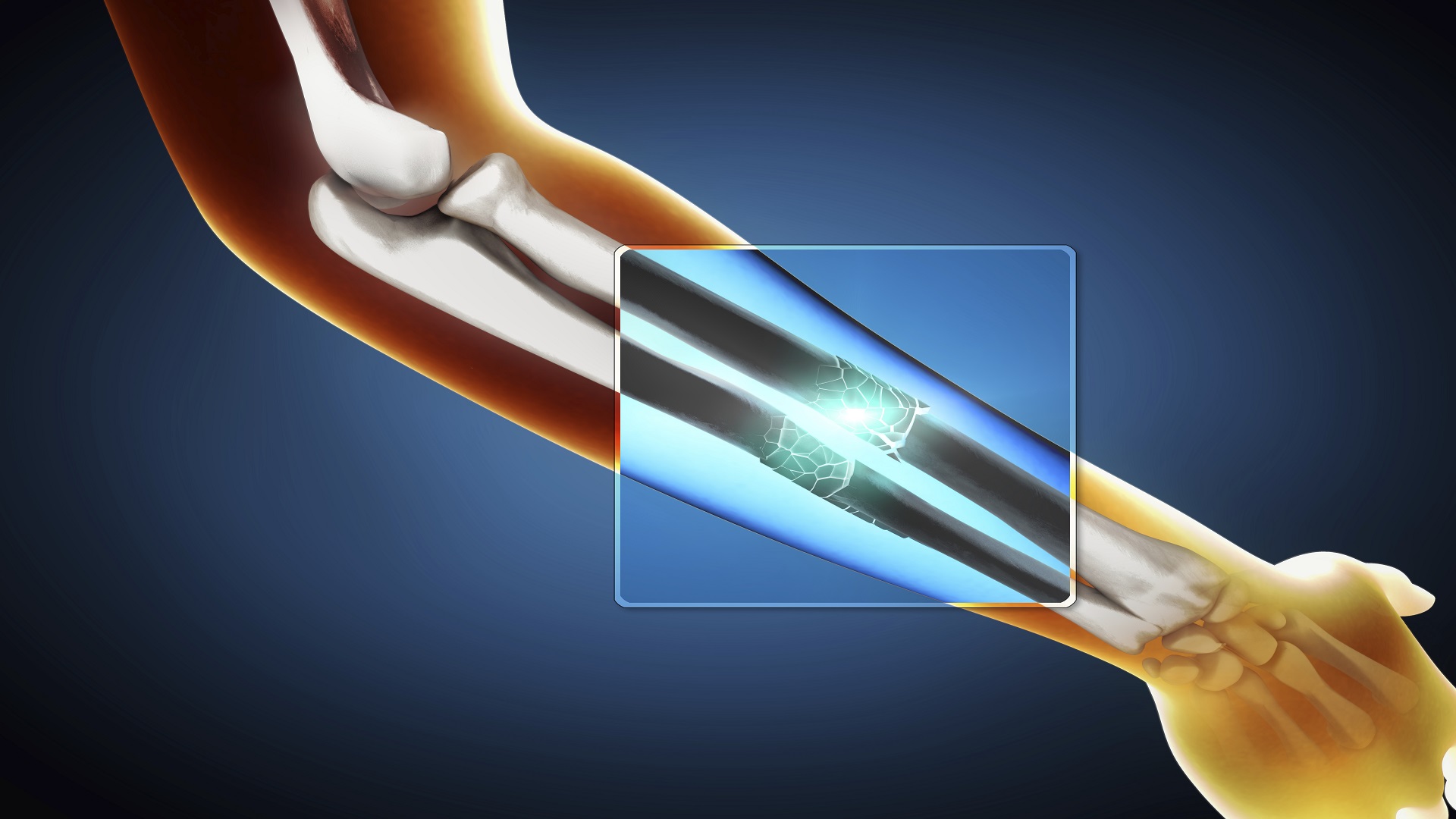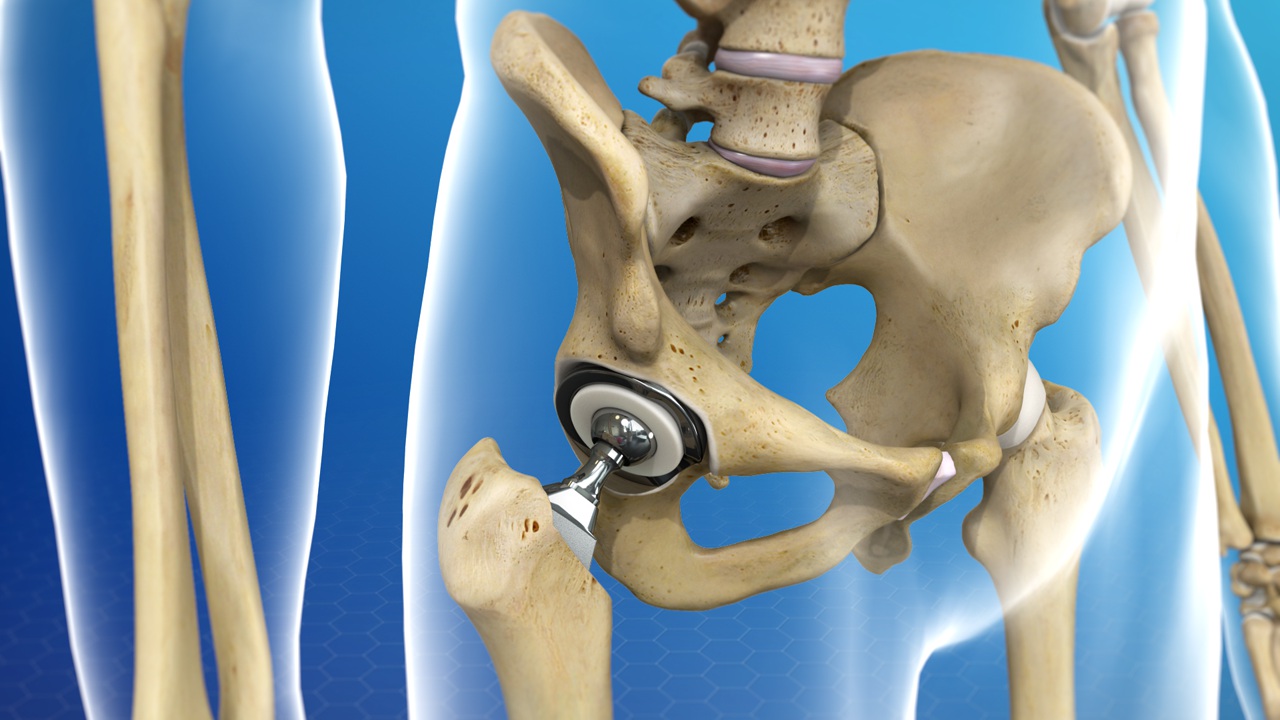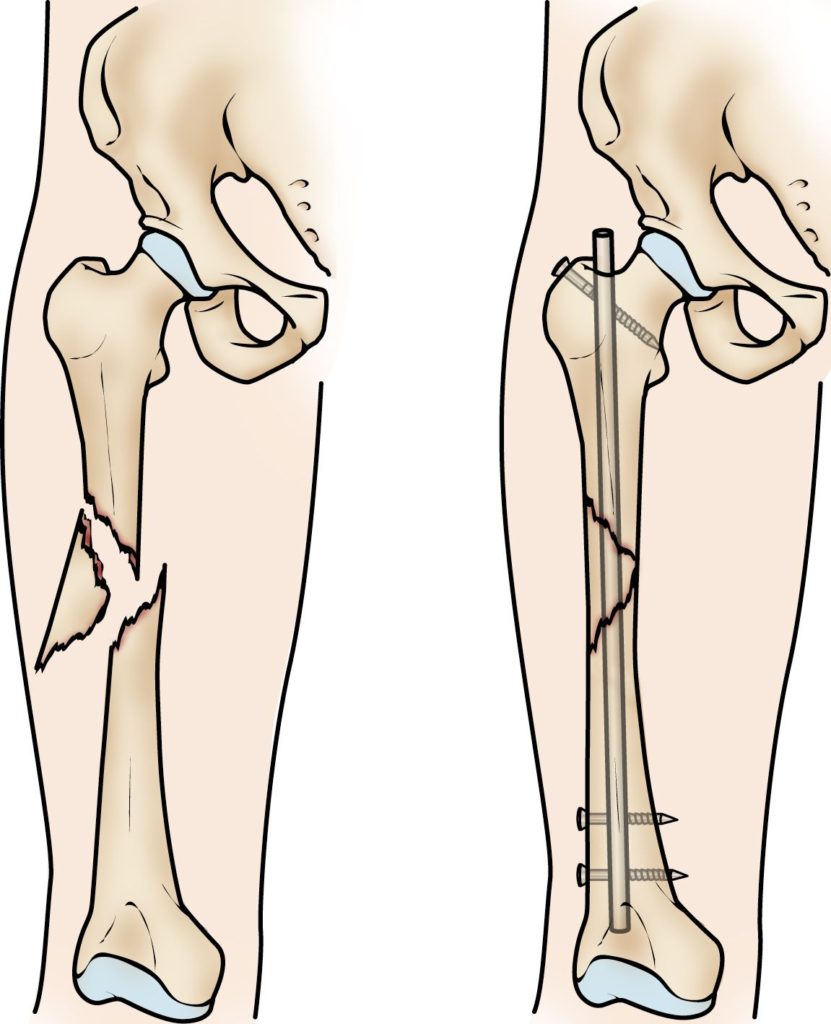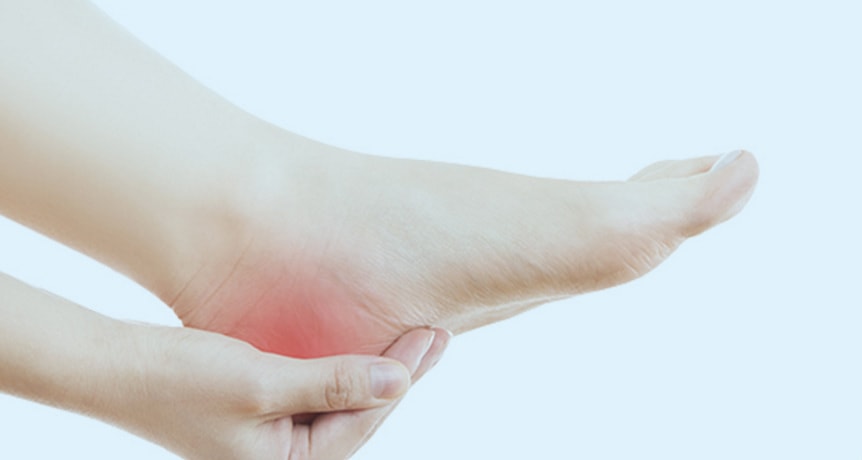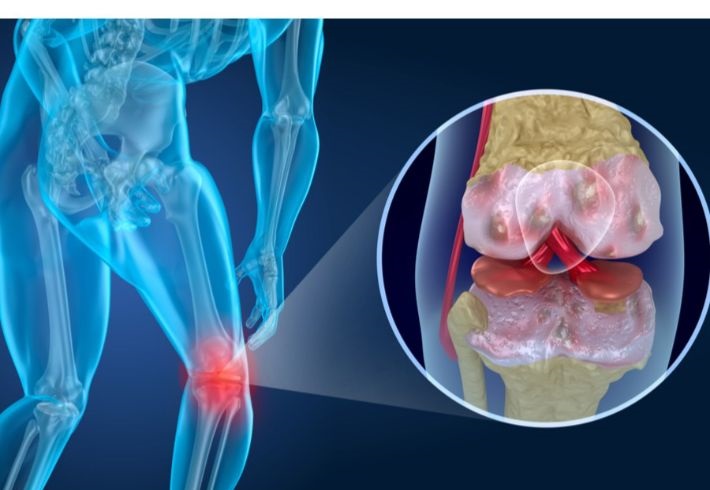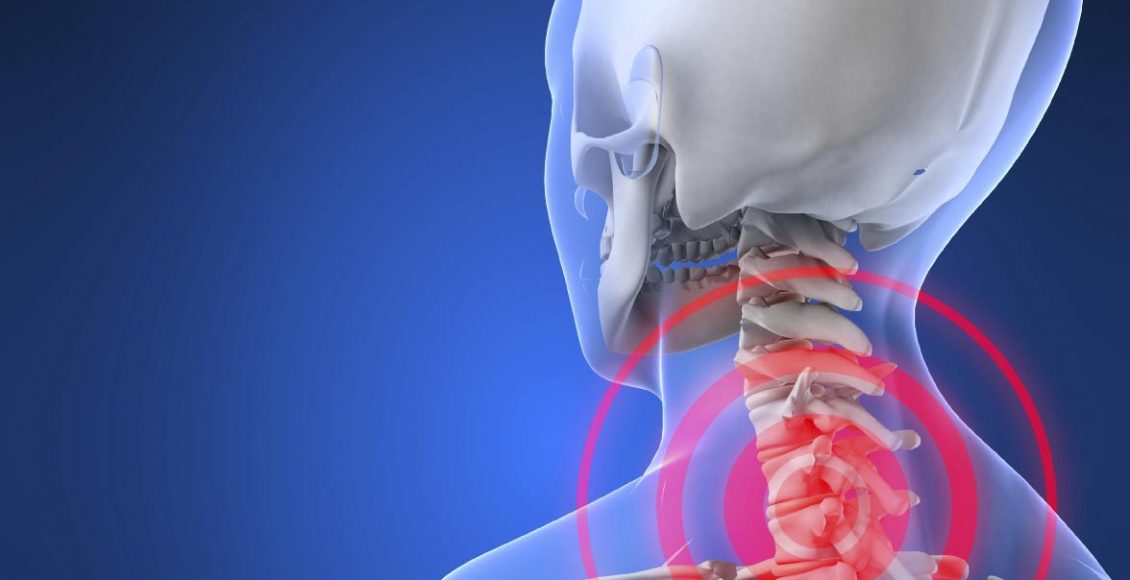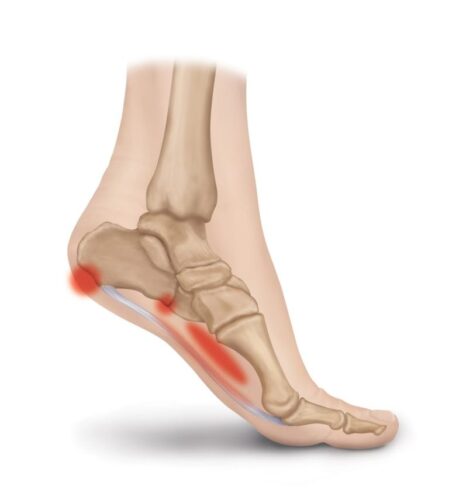What you do not know about a lump below the knee
The lump that forms below the knee is of concern to many people and they may consider it a very dangerous thing in most cases, but this doesn’t need to be an indication of a disease, as it may be the result of some factors such as fatigue and others, follow the following article with us to learn about the causes of this occurrence and how to treat it effectively.
Lump below the knee
The lump that is located under the knee has many causes, some of which are normal and easy to deal with, while others are not, and here are some of the most popular reasons that lead to the appearance of swelling below the knee, and here are some of them:
- Bursitis: Inflammation of the synovial sac that is located in the knee area has an effect on the rest of the areas adjacent to it, and this results in swelling in the area below the knee, and this happens as a result of the excessive pressure on the knee, and this matter is treated by making some ice packs, taking care to keep the leg elevated from the rest of the body, and care must be taken to take plenty of rest and take non-steroidal anti-inflammatory drugs.
- Injuries: Many injuries result in inflammation of the knee and significant accumulation of fluid in it or in the surrounding areas, such as anterior cruciate ligament injuries as a result of a rupture of the ligaments, a rupture of the meniscus, bone fractures, or overuse and stress of the knee, which exposes it to many problems.
- Gout: Gout causes large amounts of uric acid to accumulate around the knee joint, causing swelling to appear in it in addition to some of the adjacent areas, and its symptoms intensify at night or when staying in a state of stillness for a long period, and the symptoms may fade on their own or you need some medications that reduce their severity.
Knee bruise
The bruises that appear in the knee area are most likely the result of exposure to some mild injuries upon impact, and most likely fade by itself within a few weeks only, taking care to follow simple home methods of treatment that reduce the appearance of swelling or pain resulting from it, and sometimes the individual may have difficulty bending or straightening the knee completely, and ways to treat knee bruises:
- Rest: Care must be taken to fully rest to avoid internal bleeding that worsens bruising, and for this reason, it is better to avoid any physical activity that requires high effort.
- Cooling: Applying cold compresses to bruises stimulates the circulatory function, which greatly speeds up the healing process. Therefore, it is better to keep ice on bruises for 20 minutes more than once a day.
- Elevation: Keeping the knee at a high level towards the heart prevents the occurrence of any blood pools and helps to drain the blood pools that already exist, which speeds up the healing process.
- Pressure: Care must be taken to wrap the knee with a bandage that is flexible so as not to restrict its movement and at the same time maintain its stability, and pressure has a great role in reducing swelling.
- Warm compresses: Placing warm water on the bruised area enhances blood circulation in the affected area and helps get rid of blood clots.
Knee pain from behind
Knee pain from behind does not often cause concern, as it may be caused by a very simple matter that can be easily eliminated, and among the most important reasons for knee pain from behind:
- Muscle tension: This occurs as a result of many reasons, such as dehydration, liver problems, infections, or blood poisoning, and the presence of nerve problems, and muscle tension in the knee area is more common during pregnancy in women.
- Fluid accumulation: This is the result of the accumulation of large amounts of fluid that results in severe pressure on the knee in terms of muscles and joints. This also makes the individual unable to move normally, and this is not something to worry about, but it must be treated quickly.
- Arthritis: the presence of inflammation in the lower spine, the knee joint, or one of the surrounding areas that extend its pain to the knee and cause it to become stiff.
- Knee sprain: This is the result of repeated cracking in the knee joint and a feeling of weakness in the muscles, and the best solution for this is physical therapy exercises.
- Tendon injury: Mostly, athletic people are more susceptible to such injuries than others.
- Knee cartilage: the presence of injuries in the knee cartilage results in swelling and great weakening of the muscles that are present around the joint, and this causes severe pain and great difficulty in movement, and the knee cartilage can be dealt with through simple treatment and exercises if it is in its infancy, but if treatment is delayed, the matter may reach surgical intervention.
Causes of knee pain
- Dislocation or fracture: The pain that is continuous after exposure to any accident or collision may indicate the presence of a fracture or dislocation in the knee, and this requires immediate intervention for treatment before the problem gets worse, and the fracture may not affect the foot directly, but it can be used for some time and stop suddenly.
- Ligaments rupture: This occurs as a result of practicing some types of sports, and this injury is more common among athletes in particular.
- Osteoarthritis: It is also known as knee roughness, and it is a chronic disease in which there is a gradual disintegration of the articular cartilage until it becomes very harsh and painful, and the incidence of it increases with age.
- Arthritis: Arthritis causes many symptoms such as swelling, severe pain, and great difficulty in moving the knee well. Arthritis is associated with other diseases and has serious complications over time if neglected.
- Bursitis: This bursa is a disc filled with a lot of fluid, and its function is to reduce friction between tendons, muscles, and bones, and when it is inflamed, this results in severe pain in the joint, swelling, and inflammation.
Pain from the knee to the bottom of the foot
The pain that is in the knee extends to the bottom of the foot has many health reasons, and a doctor must be consulted in order to identify the real cause in order to understand how to treat it well, and here are some of them:
- Degenerative arthritis.
- tendinitis
- Bursitis.
- Softening of the knee cartilage.
- Gout.
- Baker’s cyst.
- Rheumatoid arthritis.
- Kneecap dislocation.
- Meniscus rupture.
- Knee ligaments torn.
- The presence of tumors in the bones.
- Patellofemoral pain syndrome.
- Plantar fasciitis.

